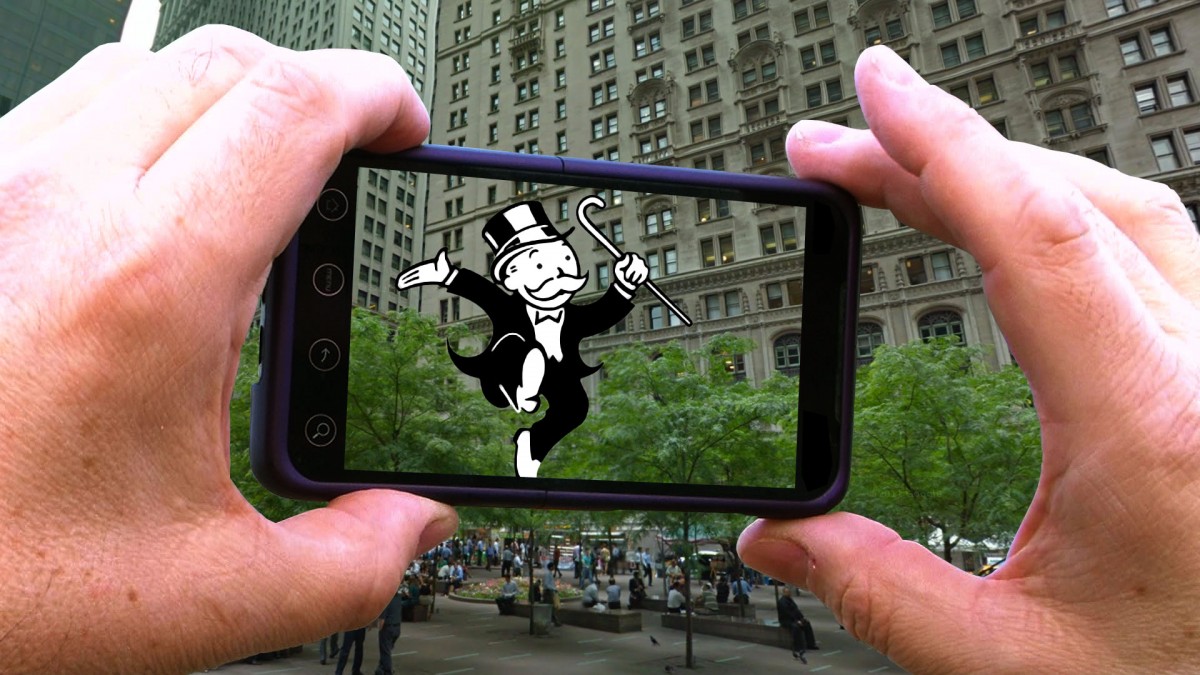

The nation’s richest 0.01 percent, as the economists Annette Alstadsæter, Niels Johannesen, and Gabriel Zucman have documented, now hold 9.9 percent of the nation’s total wealth - and 11.2 percent once we take into account the assets America’s wealthiest have stashed in offshore tax havens. “This is the decade,” says the German economist Moritz Schularick, “in which wealth inequality has increased the most in U.S. So what do all these numbers mean for the decade since the financial crash? The 2008 crash and its aftermath, researchers from the Federal Reserve Bank of San Francisco have computed, are going to end up costing the average American $70,000 in lifetime income.
#Corporate plutocracy full#
The nation’s wealthiest 10 percent, as NYU economist Edward Wolff has detailed, holds 84 percent of the nation’s stock value, up from 81 percent in 2007.Īnd what about the vast majority of Americans who own either no stock at all or precious little? As of 2016, the most recent year with full data available, the overall wealth of the median - most typical - American household is sitting 34 percent below that household’s net worth just before the Great Recession began.Īverage Americans are hurting on the income side, too.

The bulk of that new wealth - the overwhelming bulk - has settled in the pockets of America’s affluent. Since March 2009, the share values of publicly traded companies in the United States have increased over 320 percent, creating, in the process, more than $18 trillion in new wealth. The American political system came rushing to the rescue of the same elites whose frauds and financial manipulations had greased the skids for the crisis.Įarlier this week, a triumphant Wall Street celebrated that rescue, on the day the stock market reached a historic milestone: 3,453 days of bull market, arguably, the New York Times noted, the longest bull market in American financial history. What happened next? Plutocracy happened next. About the same number of families lost their homes. In quick order, about 9 million workers lost their jobs. No American born after the 1929 crash had ever since anything like this. “Everything solid in the American economy turned out to be built on sand.” “Citigroup appeared poised to go down next, with General Motors and Chrysler to follow,” remembers the New Yorker’s George Packer. The giant insurer AIG stumbled toward another.

The giant Lehman Brothers investment bank fell into one yawning fissure. economy ever since the housing bubble popped the year before turned into an economic earthquake. Our freshest slam-dunk evidence: the record of the decade since the Wall Street financial crash ushered in the Great Recession.Īlmost exactly ten years ago, in late summer 2008, the tremors that had been roiling the U.S. In a plutocracy, on the other hand, the political system pays no more than lip-service to average people’s problems and works diligently instead at protecting - and growing - the wealth of the already wealthy.īy this simple standard, we Americans today unquestionably live in a plutocracy. We have a democracy when a political system can and does make a good-faith effort to address the problems average people face.

How can we tell when a democracy, or rule by the people, evolves into a plutocracy, the reign of the rich? Easy.


 0 kommentar(er)
0 kommentar(er)
